Mallet Toe
Introduction
Mallet toe is a painful flexion deformity of the distal IP joint in the toe. The second toe is affected more commonly, even though the deformity may happen in all toes.
Mallet toe is a similar condition to Hammer Toe & Claw Toe, all caused by deformity of the toe joints.
Toe deformities normally develop moderately from wearing too-tight shoes, but can also be due to muscle or nerve injury.
Muscle imbalance causes the toes to flex into uneven positions which can be too painful, limiting walking and any activities where you are on your foot.
Toe deformities become common with aging and impact around 10-15% of the population. Women are five times more probable to suffer from mallet toe than men. They may also conduct to other issues such as corns or calluses and long-term immobility in the toes.
Types of Mallet Toe
Mallet toes are generally described as flexible or rigid:
- Flexible mallet toes: The muscle around the toe and toe joint is still flexible and movable.
- Rigid mallet toes: The muscle around the toe and nearby tendons tighten. This makes stiff the toe joint in a flex position.
Causes of Mallet Toe
Mallet’s toe is the consequence of wearing too-tight shoes or high heels that push the toes into a cramped position for extended periods. This can cause muscle inequality that puts stress on the toe tendons and joints, leading to a permanent deformity.
The common causes of mallet toes involve:
- Arthritis.
- Bone and muscle imbalances, such asmuscles that are especially weak or bones of foot that are too short.
- Injury to the toe.
- Shoes that are too tight.
Symptoms of Mallet Toe
The most prominent symptom of a mallet toe is curling or flexing at the toe joint closest to the toenail. Other symptoms can involve:
- Redness and swelling of the affected toe.
- Corns or calluses on the flex part of the toe.
- Toe pain when wearing shoes or walking.
- Toe ulcers and sores, particularly in people with diabetes.
- Toenail thickening or changes.
Diagnosis of Mallet Toe
Mallet toes should get diagnosed by a doctor. You can begin with your family doctor or visit a podiatrist (foot and ankle doctor). Mallet toes generally just require a complete physical examination. Your therapist will:
- Look at your footwear.
- Likely check the toe’s flexibility.
- Possibly do a gait examination, to evaluate the way you walk.
- Take an X-ray of your foot.
- Perform a foot and ankle exam.
- Debride (remove) any painful skin or nails.
The physical examination can help decide if you are putting added pressure or stress on the affected toe. In some cases, your doctor should also order imaging tests. An X-ray will rule out any kind of fractures in the toes.
Treatment of Mallet Toe
Medical Treatment:
Mallet toe treatment can take many forms. Fortunately, most people get relief with conservative treatments. That means they don’t need surgery. If the mallet toe is still movable, your doctor may instruct:
- Gently exfoliate, or smooth, calluses.
- Putting toe pads on corns or calluses.
- Reducing inflammation with a steroid injection.
- Stretching your toes frequently.
- Using orthotics (special shoe inserts) to take the stress off the affected toe.
- Wearing shoes with extra spaces for the toes.
For people with diabetes, appropriate foot care is important. Tips for foot health involve:
- Checking your feet for ulcers or injuries each day.
- Keeping your feet clean and dry.
- Trimming your toenails regularly.
- Never attempt to cut off corns or calluses by yourself. Always allow a doctor to assess diabetes-related foot issues. The doctor will instruct the better treatment.
Surgery:
Extreme or stiff mallet toes may not recover after conservative treatments. Some people will require toe surgery to correct proper alignment in the joint. Surgical options involve:
- Arthroplasty: Removing part of the flex toe bone and realigning it.
- Tendon release: Cutting a stiff toe tendon to permit the toe to lay flat.
- Tendon transfer: Replacing the tendon in the mallet toe with another part of the foot, to force the toe to straighten.
Physiotherapy Treatment of Mallet Toe
The physiotherapy management of the mallet toe aims to reduce pain and discomfort, improve flexibility and strength, and prevent further deformity. Here are some of the physiotherapy interventions that may be included in the management plan:
Toe exercises:
The Toe Stretch
- Stretching your toe benefits by making the DIP joint more relaxed, which can help alleviate the symptoms of the condition and make the mallet toe more comfortable to live with.
- Kindly keep the impacted toe in your dominant hand
- Stretch the toe in the opposite direction to which it is flex
- Do this one joint at a time until you will sense a slow, soft pull
- Do this several periods in the morning and several periods at night, or however, constantly your therapist instructs.
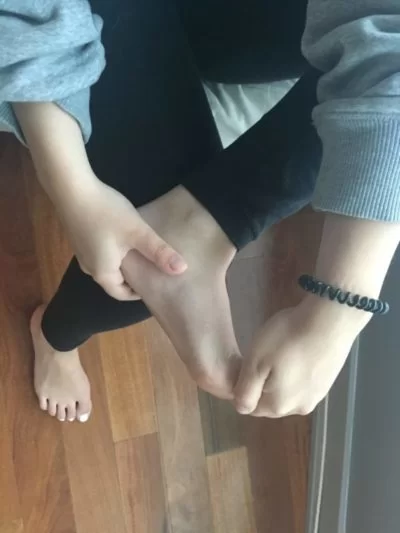
The Towel Exercise

- This exercise benefits improve the strength of the involved toe, as well as stretching it. This allows it to work for the mallet toe and makes it more movable. It’s also quite easy to do.
- Place a towel flat on the ground
- Using all the toes of the involved foot, crinkle the towel up
- Repeat as many times as instructed by a therapist.
The Marble Exercise
- This is similar to the towel exercise, besides it uses marbles and need more skill and control of your toes, which makes it excellent for enhancing the flexibility of your involved toe.
- Place one or more marbles on the ground
- Using the toes of your involved foot, pick them up
- Repeat as many times as instructed by a therapist.
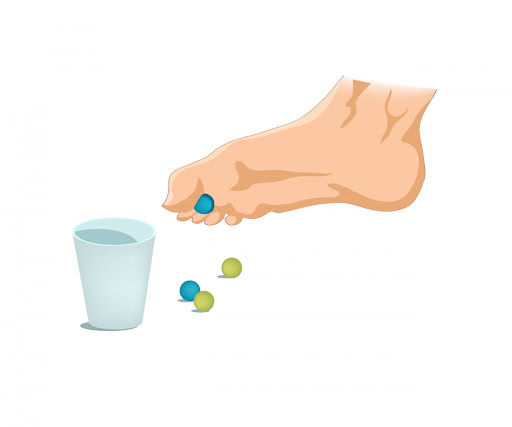
Orthotics:

- Custom-made orthotics such as toe splints or braces can help keep the toe in a corrected position and prevent further deformity.
Prevention of Mallet Toe
Taking proper care of your feet can be beneficial to prevent the expansion of mallet toes. Be sure to:
- Avoid too-tight shoes that pinch or crowd your toes.
- Choose footwear with a low heel to take the stress off your toes.
- Stretch your feet and toes regularly.
Conclusion
Mallet toe is a foot deformity that can be painful and make walking difficult. It is generally caused by wearing too-tight shoes or high heels, but also by the impact of an injury on the foot. Treatment may include padding, splints, physical therapy, medications, and surgery. Prevention involves wearing properly-fitting shoes and exercising the feet and toes. If you find symptoms of mallet toe, consult with your doctor or podiatrist.
FAQs
What is the difference between a mallet toe and a hammer toe?
A hammer toe has an abnormal flex in the proximal joint of a toe. Mallet toe involves the distal joint of a toe. Hammertoe and mallet toe generally appear in your second, third, and fourth toes. To reduce the pain and stress of hammertoe and mallet toe include changing your footwear and wearing shoe slides.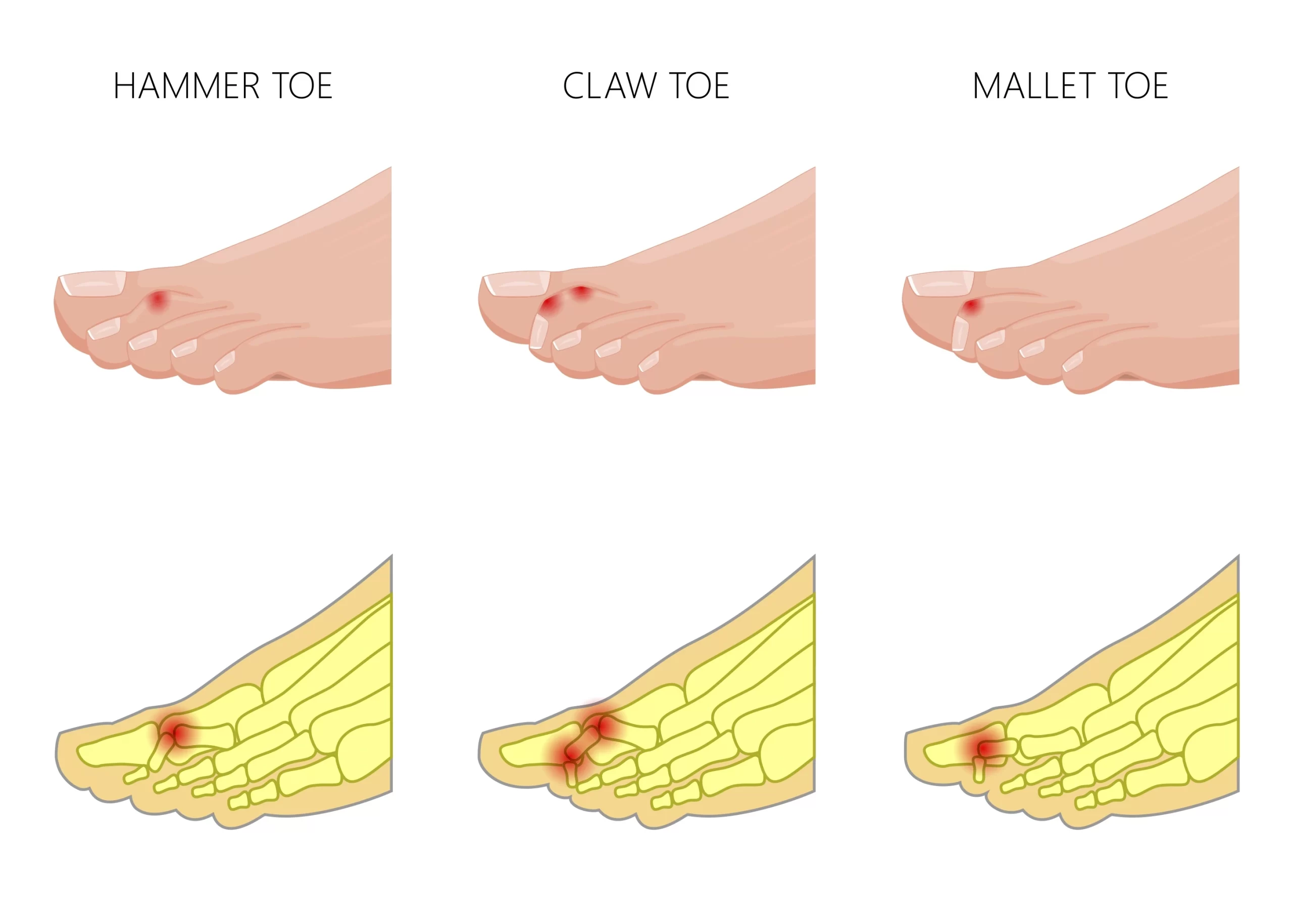
Why do I have a mallet toe?
Mallet toes evolve when a toe is constantly forced upward. The most common causes of mallet toes contain Arthritis. Bone and muscle inequalities, such as foot bones that are too short or muscles that are quite weak.
Can mallet toes reverse?
Some stiff mallet toes will remain flexed permanently. But there are many ways to alleviate toe joint pain and prevent further problems, such as corns and calluses.
Can you be born with a mallet toe?
Mallet toe can be genetic or may grow from wearing too-tight shoes or high-heeled.

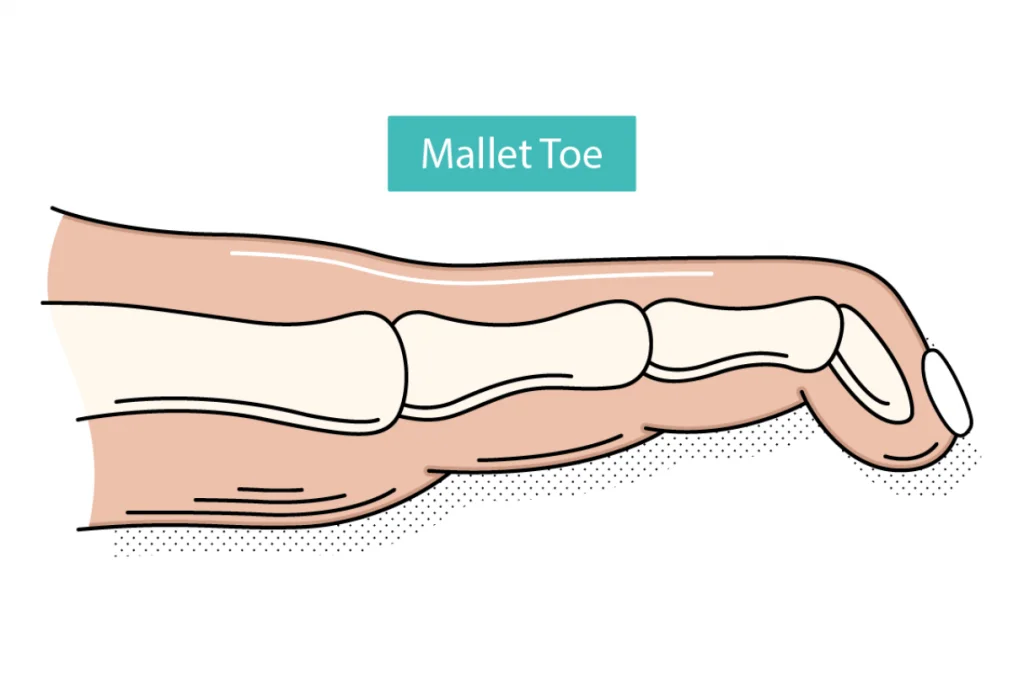

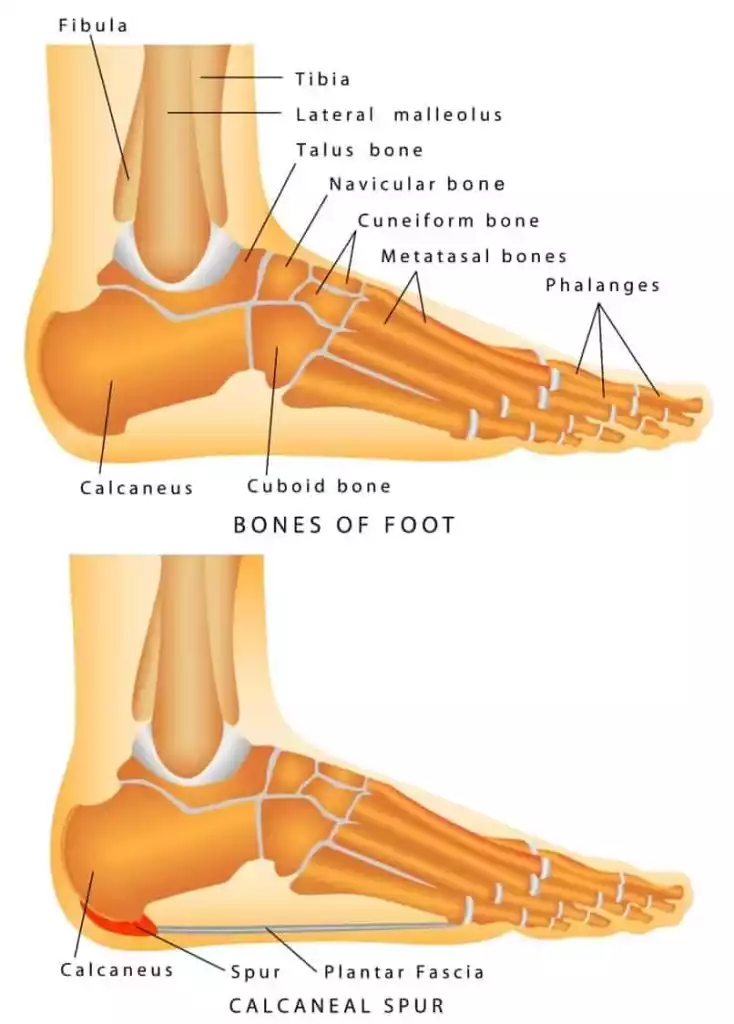
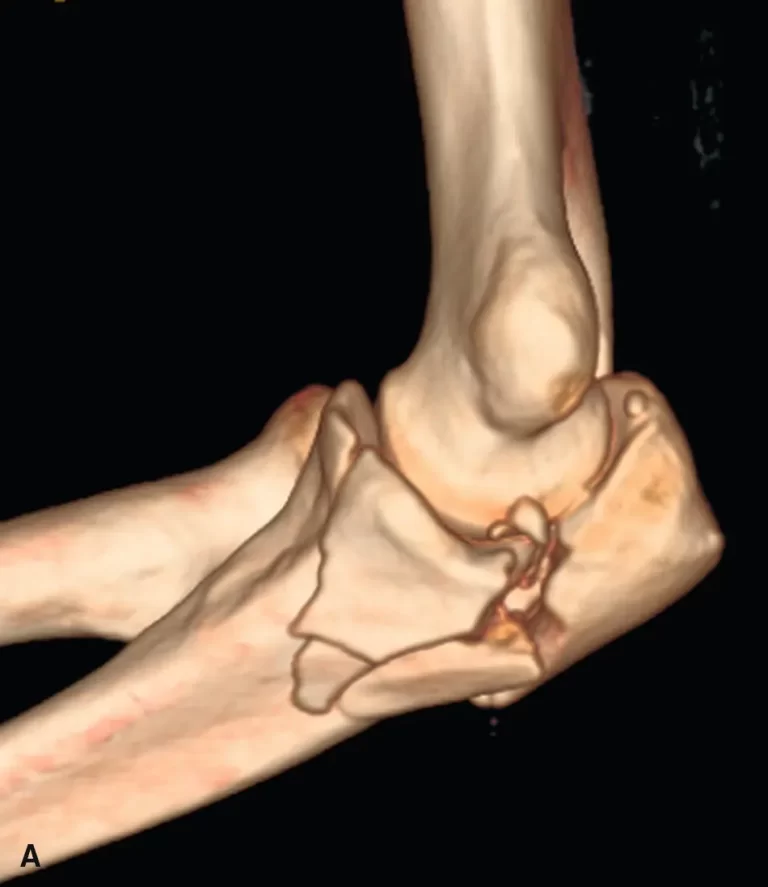


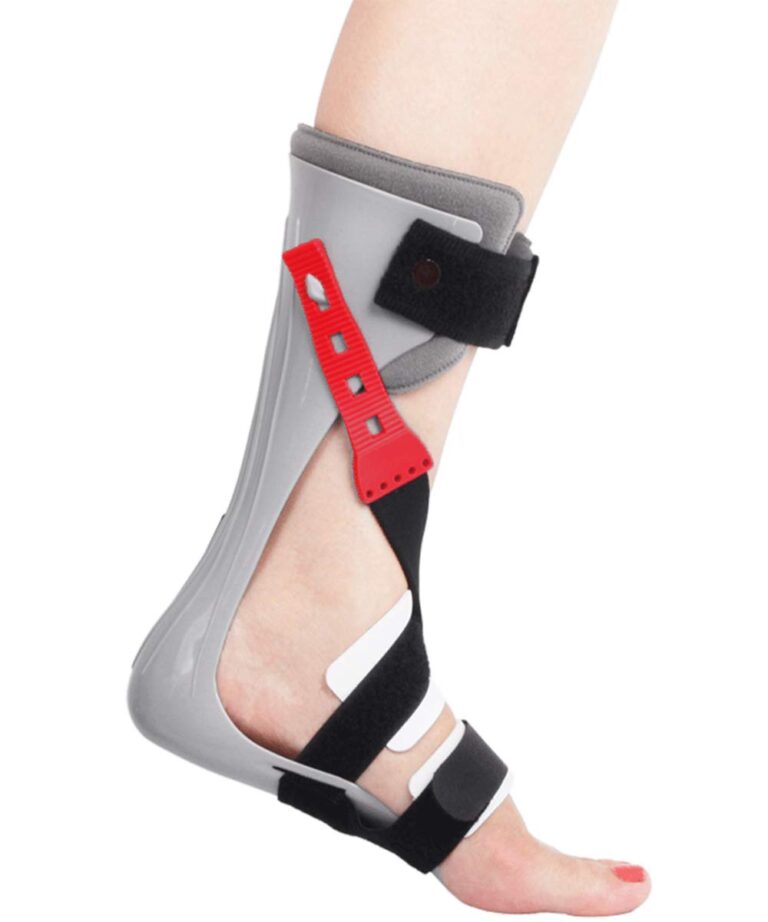
One Comment